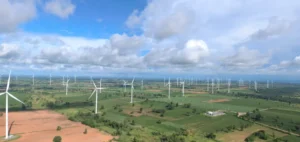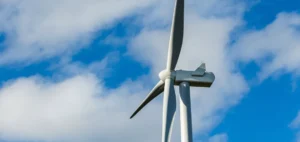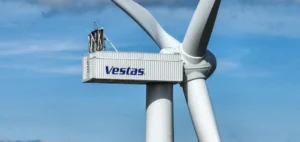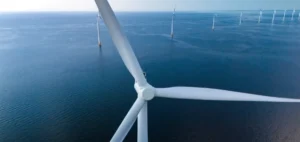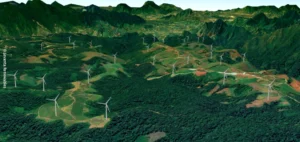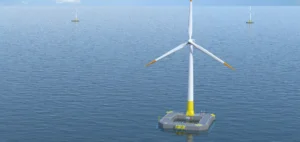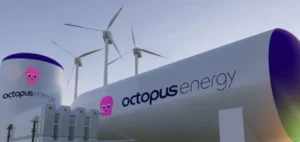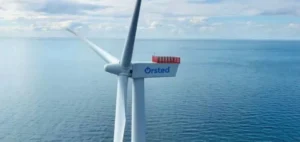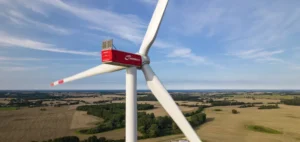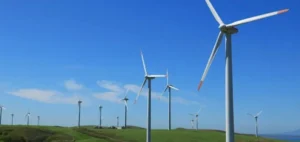On Monday, the government of British Columbia announced the approval of nine new wind energy projects. These initiatives aim to increase the province’s electricity production by 8% annually, roughly 5,000 gigawatt-hours, enough to power 500,000 homes. This development addresses growing electricity demand, including for electric vehicles, heat pumps, and major industrial projects like liquefied natural gas (LNG) exports.
A Response to Growing Demand
During a press conference, Premier David Eby emphasized the importance of these projects in meeting the rising demand for clean and renewable energy. “We need more electricity to support our growing population, jobs, and businesses, while accelerating the energy transition,” he said. He also noted that these projects will generate an estimated $5 to $6 billion in private investment.
The projects, distributed across various regions of the province, include four sites in the southern Interior, four in the North, and one on Vancouver Island. They are expected to be completed by 2031. Among them, eight projects include 51% ownership by local Indigenous Nations, such as the Upper Nicola, Lower Nicola, Ashcroft, and Westbank Bands, as well as the Lheidli T’enneh and Stellat’en Nations.
Towards Clean and Economic Energy
This announcement comes as the Business Council of British Columbia released a report highlighting a potential economic stagnation due to decreased private investment and the completion of large projects like the Site C dam. This dam, recently operational, cost $16 billion and delivers a similar energy capacity to the planned wind projects.
The government also decided to simplify project approval processes by reducing permit times. The new wind projects will be exempt from provincial environmental assessments while ensuring Indigenous interests and environmental protections are maintained.
Support and Criticism
Organizations such as the Pembina Institute have praised this initiative, highlighting its importance in positioning British Columbia as a leader in clean energy. “This positive response to the clean energy call this year shows the province is preparing to meet the anticipated growth in electricity demand,” said Jessica McIlroy, the institute’s Buildings Program Manager.
However, some criticisms remain. The British Columbia Green Party called the plan a “good step” but raised concerns about project oversight. “We’re pleased to see this issue taken seriously, but this rush highlights years of lagging clean energy initiatives,” said MLA Jeremy Valeriote.



